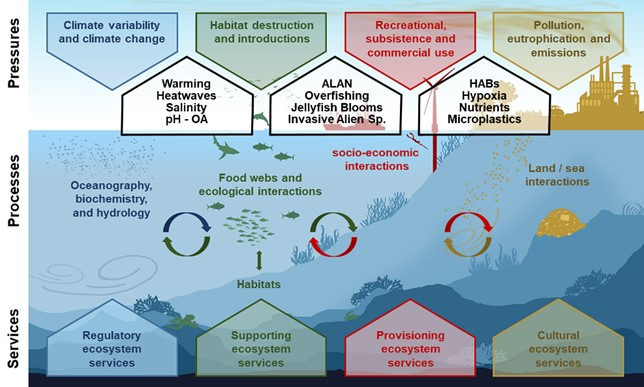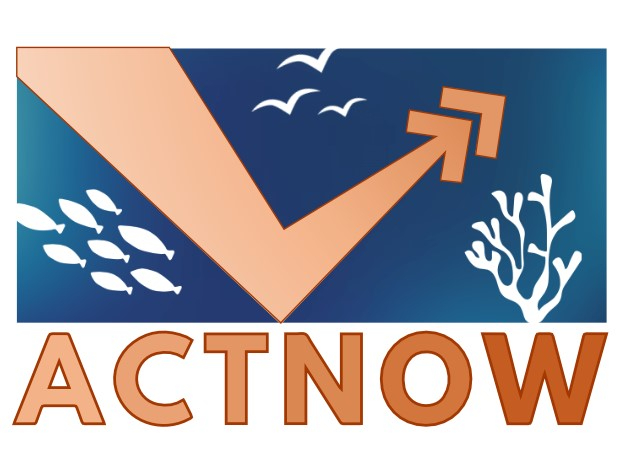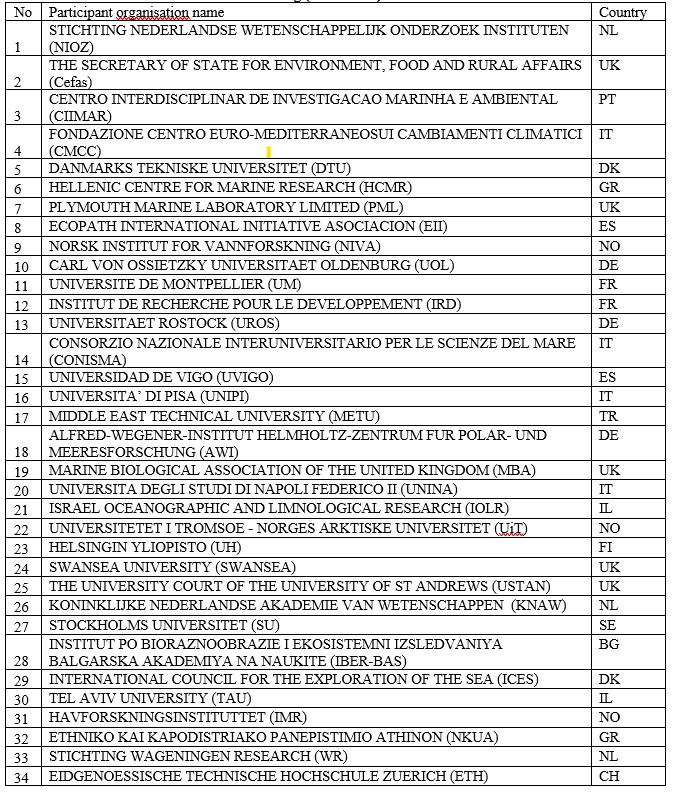EU-Horizon Europe funding for ACTNOW project

Peck:” Naturally, I am extremely pleased and excited that ACTNOW will be moving forward. The beauty of the project is the intense collaboration planned among a large number researchers with different perspectives and expertise – from physiologists, to food web ecologists, to physical climate scientists, and those experienced in policy and stakeholder engagement. This multidisciplinary approach is critical when tackling complex issues such as predicting the direct and indirect ways in which climate change will impact marine species, habitats and ecosystems.”
As the project’s coordinator, NIOZ will hire a project manager and a communications officer and also have post-doc and PhD positions available. NIOZ plans a research cruise on the RV Pelagia to better understand how multiple factors impact on the marine food web (from phytoplankton to marine mammals) in the North Sea, specifically Dogger Bank. That research cruise will be a collaboration among several Dutch and UK partners. Furthermore NIOZ will conduct ecophysiological experiments in the laboratory to better understand how temperature, salinity and other factors interact to drive patterns of change observed in long-term ecological monitoring performed by NIOZ in the Wadden Sea (e.g. from intertidal macroinvertebrates sampled since 2008 by SIBES to fish sampled since the late 1960’s by the NIOZ fyke program). NIOZ will also bring together various physical and biological data sets to create an ecological model of the western Wadden Sea to test how factors such as heatwaves and changes in salinity or low oxygen (hypoxia) impact key species and food web processes.
ACTNOW is another example of collaborative research performed between institutes in the Dutch BiodiversityXL.

ACTNOW is designed to:
1) Co‐create regionalized ‘what if’ scenarios of multiple interacting stressors and management actions to forecast impacts on the biodiversity and ecosystem functioning in European coastal and marine habitats and regions;
2) Develop a systemic approach for the integrated impact assessment of cumulative direct and indirect stressors on coastal and marine ecosystems processes and services (from benthic to pelagic systems, from food to human health) and assessment of the state of coastal and marine ecosystems “health” or condition, and resilience to cumulative pressures,
3) Characterise, measure, and understand the combined impact of different types of pressures or perturbations (chemicals and energy pollution, bioaccumulation, invasive species, extraction activities, river inflows and supplies of sediments and nutrients, hypoxia, pH, warming, etc.) on coastal and marine biodiversity and ecosystems condition (biotic communities, structure, biotope, and functions),
4) Increase understanding of the biological mechanisms determining the response of organisms and ecosystems to environmental changes (including components of stability, such as resistance, resilience and recovery), as well as the limits of their response adaptation capacity (tipping points), and the implications for the management of aquatic areas, habitats and species,
5) Employ state‐of‐the‐art biologging technology and molecular methods, in combination with knowledge on oceanographic processes to understand the effects of agents of change on the ecology and population dynamics through different levels of marine food webs,
6) Rationalise and advance strategies for monitoring European populations of marine species at the top of food chains, especially those that can indicate important changes in the oceanic environment, and have life histories that make them especially susceptible to change,
7) Integrate existing and new biodiversity data and knowledge from multiple origins, including other EU (Horizon 2020 and previous framework Programmes), international and national research projects, 8) Develop technologies, methods and models to quantify and forecast how cumulative anthropogenic perturbations can affect ecosystem’s sustainability, productivity and resilience against environmental stressors, and
8) Enhance awareness and understanding of links between marine biodiversity, ecosystem functioning and human health through capacity building, public outreach and by creating decision‐support tools for regulators to choose the best, context‐dependent indicators of (and actions to restore) good environmental status.

